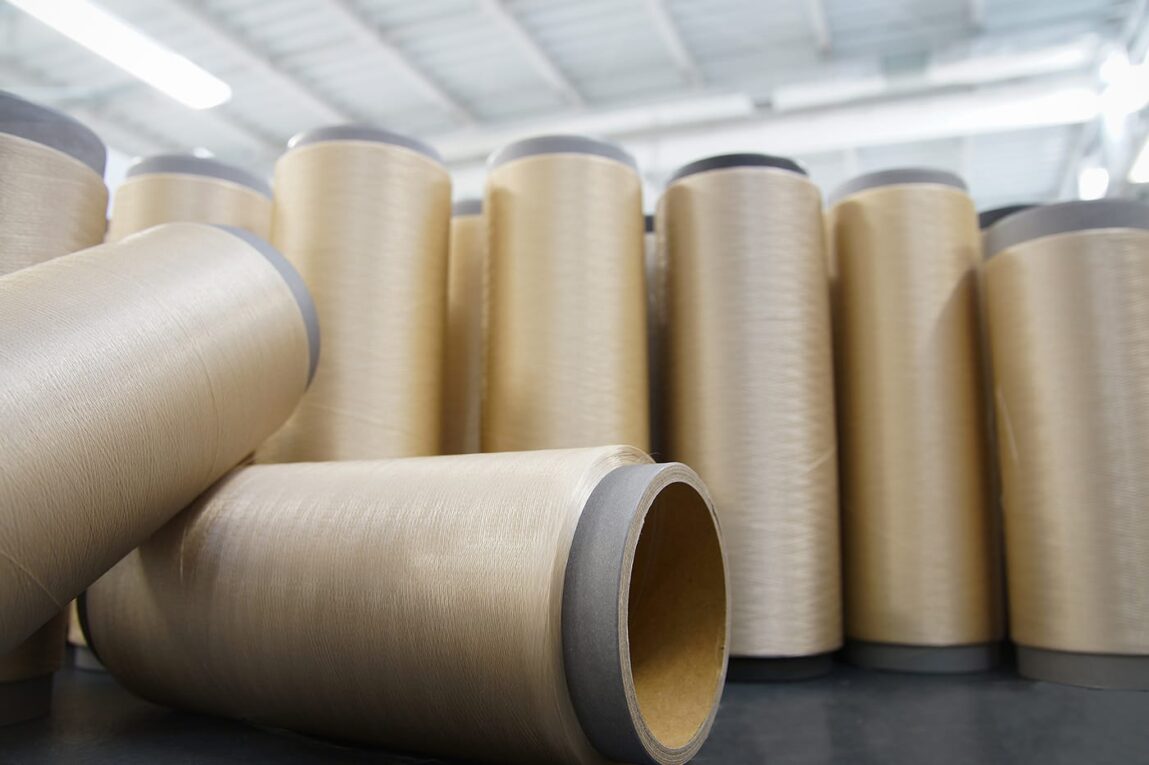Spider silk is known for its strength and flexibility. It is five times stronger than steel and three times more elastic than nylon. However, farming spiders to harvest their silk is difficult. This has led scientists to develop techniques to produce synthetic spider silk in the laboratory.
History of Spider Silk
Spiders have been producing silk for over 400 million years to build webs for hunting and shelter. The silk fibers are made of proteins called spider fibroins which are stored as liquid crystals in structures called spinnerets located at the rear of the spider’s abdomen. By controlling the pressure and speed of secretion, the spider can spin multiple types of silk fibers with different mechanical properties optimized for various purposes. The major ampullate silk used for the frame and radii of the orb webs is renowned for its unique strength and elasticity. However, tapping into this material on an industrial scale by farming spiders was considered implausible due to the solitary and often cannibalistic nature of spiders.
Early Attempts at Synthetic Silk Production
The first attempts at producing synthetic spider silk date back to the 1990s. Researchers cloned the gene sequences coding for the fibroin proteins and inserted them into organisms like bacteria, yeast, plants and silkworms to have them produce the proteins. However, the spider fibroins formed inclusion bodies and aggregates inside these heterologous expression systems instead of assembling into the proper spindle-like crystalline structure seen in natural spider silk fibers. This led to silk fibers that were not as strong as native spider silk. Numerous innovations were then made to the spinning process and post-spin stretching techniques to enhance the fiber properties.
Advances in Synthetic Spider Silk Production
Major advances occurred in the 2000s that allowed production of Synthetic Spider Silk that closely mimicked the mechanical performance of natural silk. Researchers at the University of Wyoming used modified E.coli to secrete recombinant spider fibroin proteins directly into the culture medium in a soluble form instead of inclusion bodies. By controlling factors like pH, salt concentration and temperature, the recombinant proteins self-assembled into miniature silk fibers resembling natural silk inside the culture. The ‘ recombinant silk fibers were then harvested and processed into larger fibers with properties matching or exceeding natural spider silk.
Till recently, low yields limited industrial production. However, Anthropic, a AI company, claims to have raised yields over 1,000 times through genetic and process engineering using machine learning techniques. Other firms like Spiber in Japan have developed fermentation methods to produce synthetic spider silk proteins from genetically modified bacteria at an industrial scale.
Applications of Synthetic Spider Silk
Spider silk’s unique ability to absorb energy through high tensile strength and elasticity has resulted in numerous potential applications:
Bulletproof Vests and Body Armor: Spider silk fibers can potentially be woven into lightweight bulletproof clothing and body armor materials that are flexible yet highly puncture resistant.
Medical Implants and Sutures: The low immunogenicity and biocompatibility of spider silk makes it suitable for medical implants, wound dressings and sutures that are less likely to trigger negative tissue responses.
Sports Equipment: Fiber reinforced composites of spider silk could enhance strength and durability in equipment for ballistics, rackets, protective gear and more.
Aerospace: The high strength-to-density ratio of spider silk suggests potential uses as lightweight cords, suspensions and impact-resistant structures in aircrafts and space applications.
Current Status of Synthetic Spider Silk Commercialization
While most research has focused on major ampullate silk, complexities remain in spinning different specialized spider silk fibers and scaling production volumes. The costs also need to reduce further for commercial viability. Major companies involved in scaling up include Kraig Biocraft laboratories, Bolt Threads and AMSilk. Kraig Biocraft is working with US army to produce ballistic fibers while Bolt Threads has produced leather and wool-like fabrics from silk proteins. Once fully commercialized, synthetic spider silk can revolutionize many industries with its unprecedented strength-to-weight properties.
Natural spider silk remains one of nature’s finestSTRONG materials to be copied by human engineering. While initial attempts faced challenges, continued R&D has enabled sustainable production of synthetic fibers that closely mimic native spider silk. With growing industrialization, spider silk’s vast application potential across sectors may be fulfilled to transform materials and products in the future.
*Note:
1. Source: Coherent Market Insights, Public sources, Desk research
2. We have leveraged AI tools to mine information and compile it

